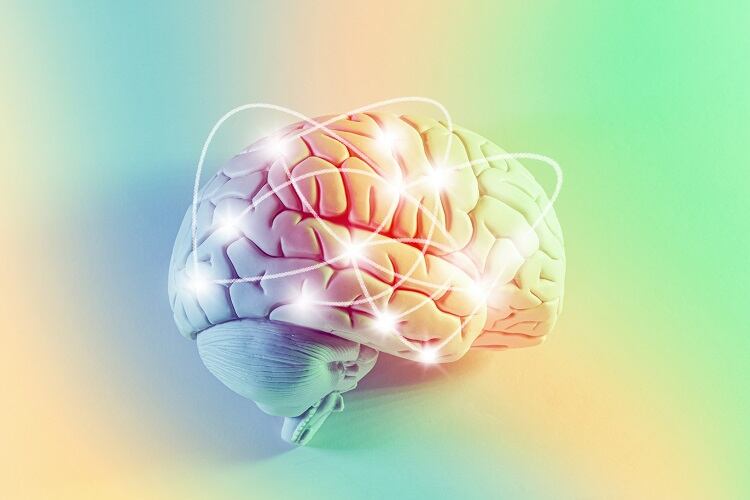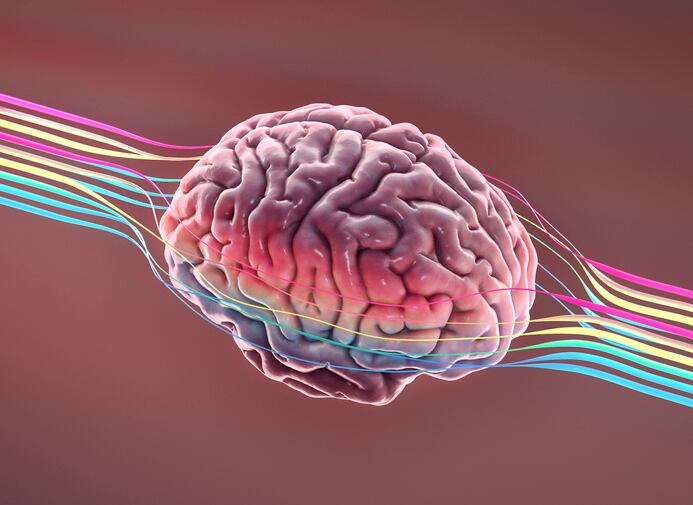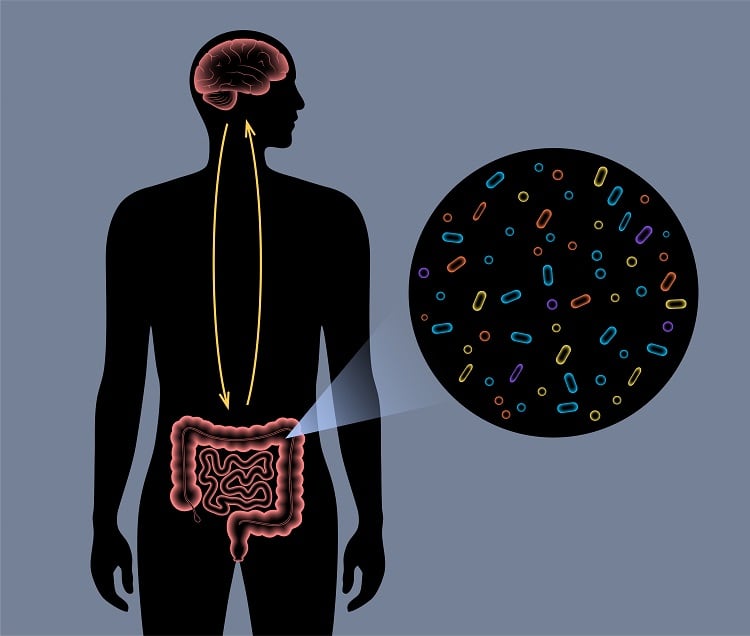“We are in the early days of understanding genetics’ role in food liking and choice,” Dr Joanne Cole, Assistant Professor of Biomedical Informatics at the University of Colorado, told FoodNavigator.
In a recent phenome-wide association study exploring consumer preferences of 500,000 individuals, researchers, including Dr Cole, found that gene patterns can shape our food choices, the American Society for Nutrition details. Scientists discovered approximately 500 genes leading to our preferences following their research into dietary choices. Some of these sensory pathways are connected to those that affect smell, taste and texture.
Using the UK Biobank, the scientists found that genes were more directly linked to consumers’ diets than any health or lifestyle indicators. These findings present an opportunity for the food sector to use genetic sensory profiles to modify dietary recommendations. Manufacturers may be able to use genes to create sensory genetic profiles, enabling precision nutrition strategies to roll out into the food sector.
Science and technology companies are utilising neuroscience to generate food opportunities for consumers. Italy-founded brand Thimus works with companies to create new products, consumer research, advanced quality assurance and reformulation based on neuroscience and data. In the Summer of 2023, the brand launched its software-as-a-service (SAAS) platform called the T-Box for neuroscientific data collection on food experiences.
Shaping consumer food experiences
“We are just witnessing the dawn of a completely new approach to neuroscience in the food industry,” Mario Ubiali, Founder and CEO of Thimus, told this publication.
The industry has experienced “years of disappointment with so-called neuromarketing”, Ubiali says. He adds that the technology and scientific knowledge behind mental state computation during food experiences finally make it possible to integrate neuroscience in product development, reformulation, quality control and consumer research.
“While much of the focus for neuroscience has focused on receptors and the more molecular side of neuroscience, there has been growth in looking more into perception and behavioural neuroscience,” Michelle Niedziela, VP of Research & Innovation at HCD Research, told FoodNavigator.
The food sector seeks to understand how sensory experiences of taste, texture and visuals shape our perceptions, such as whether we believe something is healthy or think it represents us as people.
Ultimately, this drives our decision-making and behaviours and is crucial to creating positive consumer experiences. “Neuroscience and psychology methodologies are helping us better understand the relationships between those perceptions and our behaviours,” says Niedziela.
Neuroscience provides “unprecedented access” to the factors consumers recognise as determinants in food experiences: emotion, memory, and sensory journey, Ubiali continues. Consumers experience a pathway that consists of look, smell, first bite, taste, texture and aftertaste.
By combining neurophysiological data with explicit surveys, food science companies can look at what happens during a food experience in the brain and, thus, inform corporate efforts to optimise and customise them to their expectations.
Latest research findings
Amid a growing body of research, neuroscience in food has been “expanding from a more academic research approach to a more consumer neuroscience understanding,” says Niedziela. Today, it incorporates various insights, from understanding what drives decision-making, liking, and purchase/repurchase to looking at the consumer experience with food products beyond ingestion and how perceptions work together.
While neuroscience “is a very broad field”, Niedziela says there have been some great findings on how taste receptors work, including how sensory from flavours and textures are perceived, particularly how we can make appealing and healthy foods. Researchers are delving into sustainable ingredients, such as plant-based alternatives and how those are perceived. For example, the US non-profit independent scientific institute, Monell Chemical Senses Center, is researching these areas, specifically taste and smell.
Thimus is researching when humans form their opinion of a product during a sensory experience and how that becomes a conscious decision after experiencing unconscious emotions and mental processes. The brand also explores what educational or cultural factors contribute to reconnecting humans to their environment via sustainable food practices and consumption.
Recent developments in neuroscience are furthering the food sector “as we now possess more scalable tools for massive data collection,” Ubiali says. He believes we are now on the verge of seeing unprecedented connections and correlations in a sea of big data.
“Neuroscience of food is poised to become the main road, alongside a targeted use of artificial intelligence (AI), of predictive capacities in food experience creation but also in a deeper understanding of how important food is to humans,” says Ubiali.
Overcoming barriers to entry
Several core challenges exist in the use of neuroscience in food. There is the technical challenge of collecting and decoding a good brain signal. “This is a very technical challenge, and it concerns the decontamination of brain signals, the manufacturing of affordable but high-quality portable devices, and the design of easy-to-use and scalable solutions,” says Ubiali. Technology, including AI, is helping to enable the development of relevant solutions.
Introducing a new way to look at product development in large food corporations is also a market challenge. “This has taken a lot of time and effort, and the journey is far from finished,” says Ubiali. “Large corporations have their way of looking at product development and consumer research, so changing their set ways is difficult,” Ubiali adds.
“There is always the issue of perception, but in this case, consumers may not like that neuroscience is being used in food research,” says Niedziela. “It lends to concern that they are being manipulated”, Niedziela continues, although “of course, this isn’t the case”.
However, Ubiali is hopeful that the emergence of validated food neuroscience through years of high-quality work brings recognition and solid interest for large, global food and beverage (F&B) players to use their solutions. In addition, privacy and ethics issues remain, often coming from neuromarketing research or consumer neuroscience.
Democratising the use of food neuroscience is a crucial hurdle. “The needed technology is still expensive, although it has greatly lowered entry-level investment thresholds,” says Ubiali.
Thimus has been working on countermeasures to overcome the lack of access-to-all associated with implementing neuroscience. It is working to provide academic and research institutions with much-discounted access to tools so they can become part of research and educational programmes. The brand is also pursuing new distribution models, which can make this tool available to small-to-medium enterprises (SMEs).
Health-consciousness and personal choice lead
“Health is a big opportunity”, says Niedziela. Studying neuroscience in food may drive healthier behaviours through understanding neural mechanisms affected by different ingredients to optimise consumer experiences with healthier options, such as through a more behavioural sciences approach.
“There’s one main opportunity in neuroscience in food: to make sure all players in the F&B space start giving human food emotion and cultural factors the right place in their landscape,” says Ubiali.
The future of neuroscience
“We must use neuroscience to heighten the societal awareness of how fundamental food is not just in terms of mere biology but as a means of identity, socialisation, conservation of local cultures and ultimately, biological and agricultural diversity,” says Ubiali. “It’s about time we try to preserve the complexity and richness of food experiences by creating products and experiences that cater to diversity,” Ubiali adds.
Recent work by Dr Cole and others has started large-scale efforts to uncover the genomic regions that may affect food choice. They have also collectively discovered nearly 1000 regions in the genome that may play a role in food liking and preference.
However, Dr Cole states, “many future computational and translational studies need to be conducted to precisely identify the underlying genes at play and their precise mechanism of action in the body which leads to specific eating behaviours”.
“In the future, I can envision using an individual’s personal genetic profile to identify the flavour profiles that elicit the most positive responses in the reward regions of their brain and using this information to guide healthier eating,” says Dr Cole.



